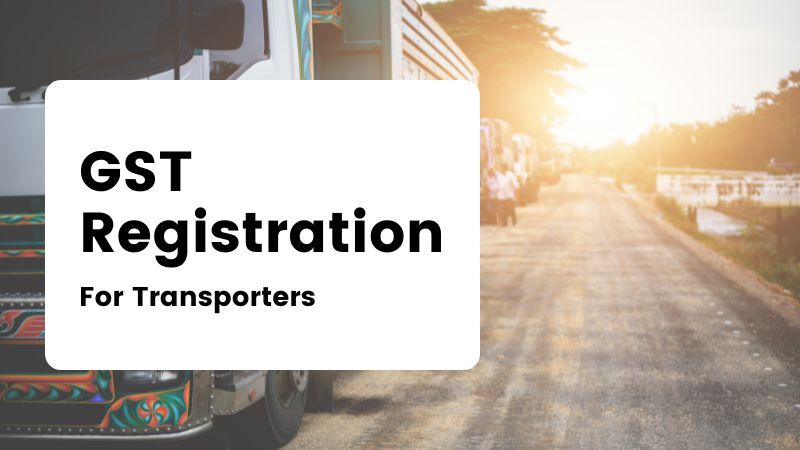

If you are a transporter in India, registering for the Goods and Services Tax (GST) is a crucial step to take to expand your business. GST is a comprehensive tax that replaced various indirect taxes in India. It is mandatory for businesses with an annual turnover of more than Rs. 40 lakhs (Rs. 20 lakhs for some states) to register for GST. In this article, we will provide you with a detailed guide on how to register for GST as a transporter in India.
Before starting the GST registration process, it is crucial to understand how it works. GST registration is an online process that requires you to fill out an application form on the GST portal. The process involves two parts: Part A and Part B. In Part A, you will need to submit basic details about your business, while in Part B, you will need to provide additional information about your business, such as the type of business, the nature of the business, and the bank details.
The first step in the GST registration process is to determine your eligibility. If your annual turnover is less than Rs. 40 lakhs, you can choose to register for GST voluntarily. However, if your annual turnover is more than Rs. 40 lakhs, GST registration is mandatory. Keep in mind that if you are operating in multiple states, you will need to register for GST in each state separately.
Once you have determined your eligibility, the next step is to gather the necessary documents required for GST registration. You will need the following documents:
Once you have gathered all the necessary documents, you can proceed with the online application process. Follow the below steps to fill the online application form:
Once you have submitted your application, you can track its status on the GST portal. The status of your application will be updated regularly, and you will receive notifications on your registered mobile number and email ID. If any additional information or documents are required, you will be notified through the portal.
After successful verification of your application, you will receive your GST registration certificate on the GST portal. The certificate contains your GSTIN (Goods and Services Tax Identification Number), which is a unique 15-digit number assigned to you by the government. You will need this number for all your GST-related transactions.
Once you have received your GST registration certificate, you can start filing your GST returns. GST returns are filed on a monthly, quarterly, or annual basis, depending on your turnover. As a transporter, you will need to file the GSTR-3B return, which is a summary of all your sales and purchases for the month. You will also need to file the GSTR-1 return, which is a detailed report of all your outward supplies.
It is essential to file your GST returns on time to avoid any penalties or interest charges. The due date for filing the GSTR-3B return is the 20th of every month, while the due date for filing the GSTR-1 return is the 10th of every month.
GST registration can be a complex process, and it is essential to ensure that all your documents are in order to avoid any delays or rejections. My Legal Clinic is a consultancy that can help you with all your GST registration needs.
Our team of experts can guide you through the entire process, from determining your eligibility to filing your returns.
Contact us today to learn more about our services and how we can help you grow your business.